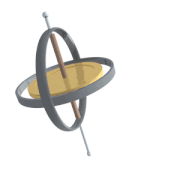S
starik
Guest
I understand that nobody realy knows the answer to the question.
I still think that twist rate must be a factor in the sensibility of a bullet to the wind. Any one ever tried it? What about number of grooves? do you think it can make the difference? If I have 2 lots which shoots good from my barrel, I will shoot the slower one on a windy day.
Guy.
I still think that twist rate must be a factor in the sensibility of a bullet to the wind. Any one ever tried it? What about number of grooves? do you think it can make the difference? If I have 2 lots which shoots good from my barrel, I will shoot the slower one on a windy day.
Guy.


